Burrito vs Chimichanga: Deciphering the Delicious Differences
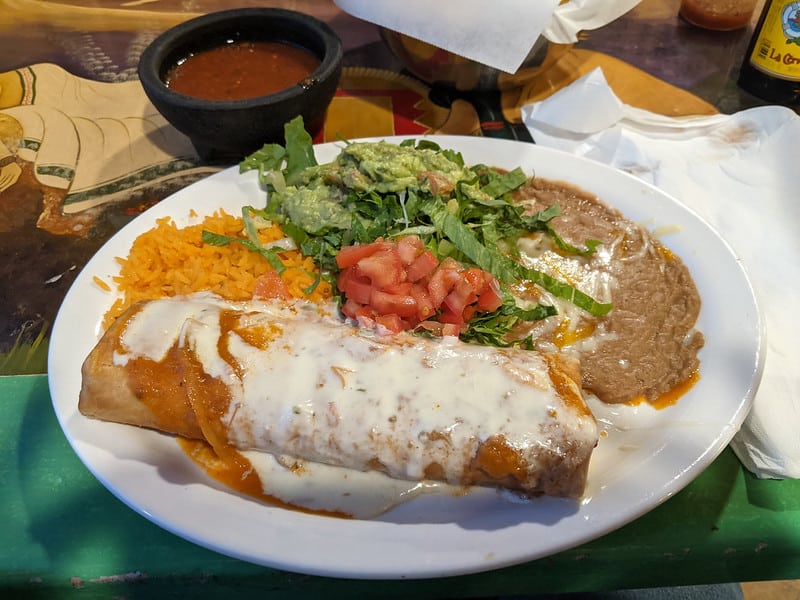
Burrito vs Chimichanga: Deciphering the Delicious Differences
The Chimichanga is a popular northern (Tex-Mex) dish famous for its flavor, easy production, and funny name.
These fried burritos and their name come from an “accident” in Tucson, Arizona, in the United States.
I will tell you all about it, so stick around!
Chimichanga: A delicious accident
Carlotta Flores, great-grandniece of Monica Flin, a Mexican American who owned El Charro Café restaurant in downtown Tucson and who, according to the LA Times, was “the mastermind behind the chimichangas.”
One night, the aunt went downstairs for a snack and was surprised by Carlotta Flores, which caused her to throw the bean and cheese burrito into a pan of boiling oil, splashing her and making her curse.
After its invention, the chimichanga quickly spread to both sides of the border, becoming a traditional dish in almost every state where flour tortillas are consumed.
Unable to complete the rudeness due to the presence of her niece, she managed to twist the word, and instead of saying a well-known Mexican expression (chingada), she just said: chi? michanga.
The Flores family, owners of the restaurant, realized that the result of that “mistake” had an unequaled flavor.
They decided to perfect these fried burritos giving them the name Chimichanga in honor of the incomplete cry of the cook who invented them.
In Sonora and Sinaloa, chimichangas are part of their typical gastronomy and a recipe that cannot be missed in any regional snack bar.
What is a Chimichanga, and how is it prepared?
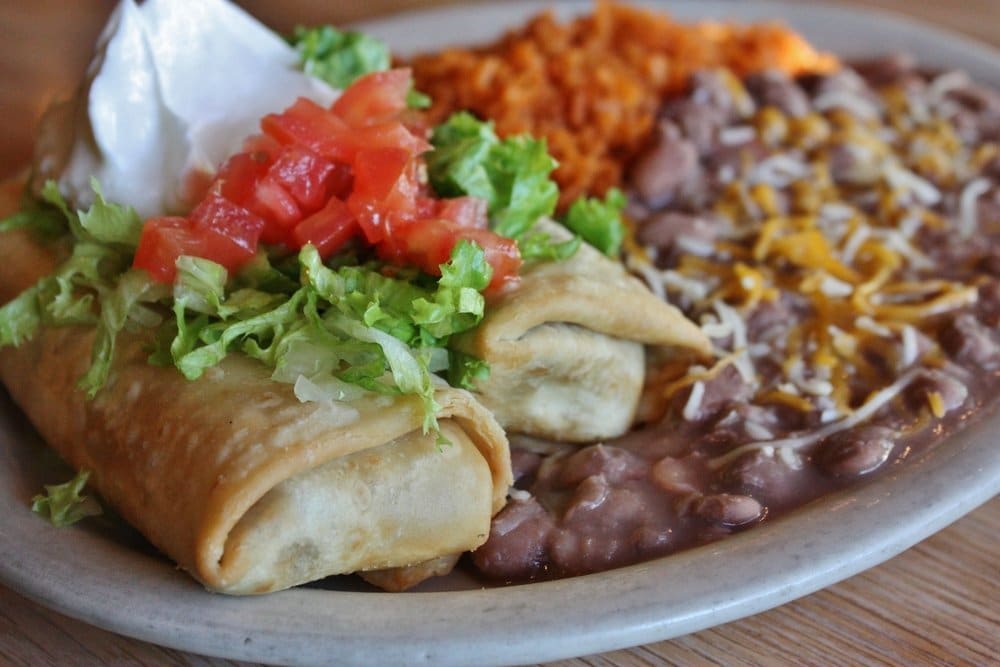
The easiest way to describe this food is to say that it is a kind of burrito fried in oil or lard that can be stuffed with different ingredients.
In Mexico, chimichangas are also known as chivichangas.
They are mainly consumed in the northern states of Sonora, Sinaloa, and Chihuahua.
It is a flour tortilla with a filling, which can be beef, chicken, and vegetables, to which beans and cheese are added and fried until they acquire that color and crunchy texture that is appreciated at the moment of taking the first bite.
Regional differences between Chimichangas
Chimichangas come in all shapes, sizes, and flavors.
In Sonora, they are made with “sobaquera tortillas” (a type of large thin flour tortillas), making them very large.
They are commonly stuffed with shredded meat, machaca with scrambled eggs, or the classic ones with beans and cheese.
In Sinaloa and Chihuahua, these are made with slightly smaller tortillas and are usually filled with Chilorio or picadillo.
Chimichanga vs Burrito: What’s the difference?
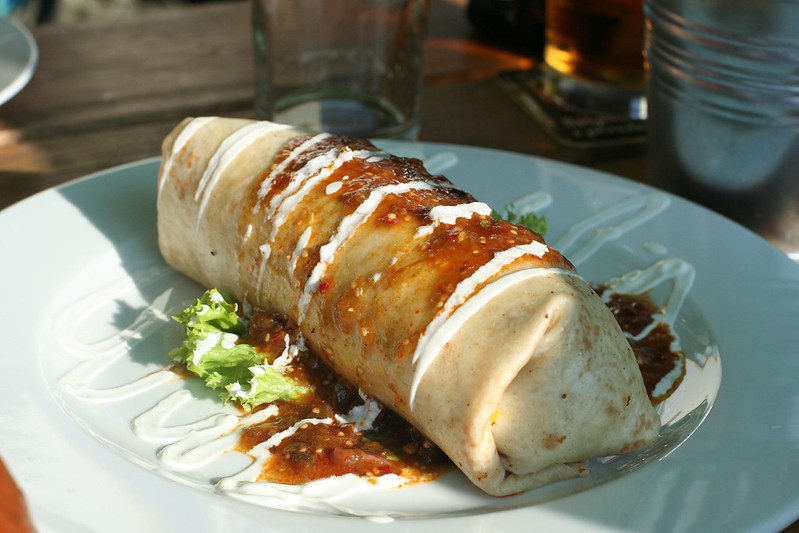
A burrito is just a flour tortilla folded over the filling with closed ends. In the U.S. and other countries are often quite large and rich.
A chimichanga is nothing more than a fried burrito.
Although the most popular presentations involve cheese and red salsa, there can be many other variations, including beans and some protein.
Again, it will all depend on the region and the customary preferences of the locals.
Nevertheless, you can make your chimichangas at home with whatever ingredients you prefer.
I like to fill them with shrimp or beef. Super good!
Hollywood Chimichangas
This delicacy, currently considered one of the best Tex-Mex dishes, has been featured in countless Hollywood movies and series thanks to its amusing name.
Besides being mentioned in the Emojis movie as the favorite food and thus being able to hack the firewall, this dish has been mentioned in Jack & Jill, Deadpool, My Husband’s Family, Two and a Half Men, The Mentalist, and Shrek, to name a few.
Have you tried a chimichanga before? Please share your experience with us!

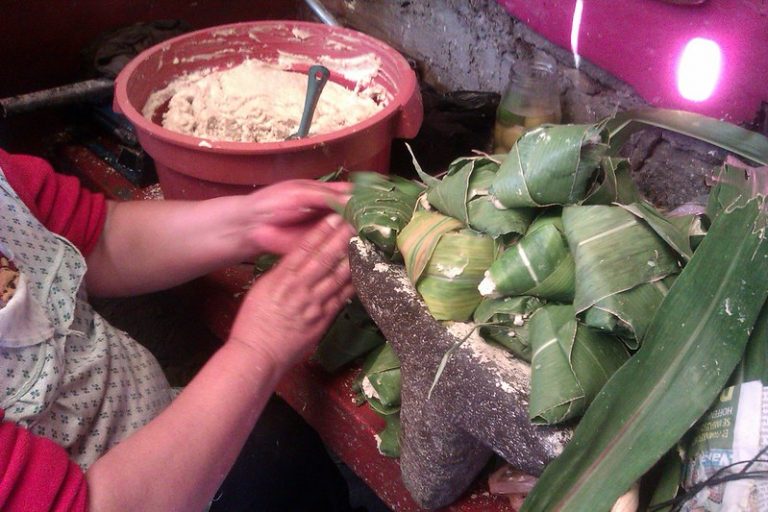
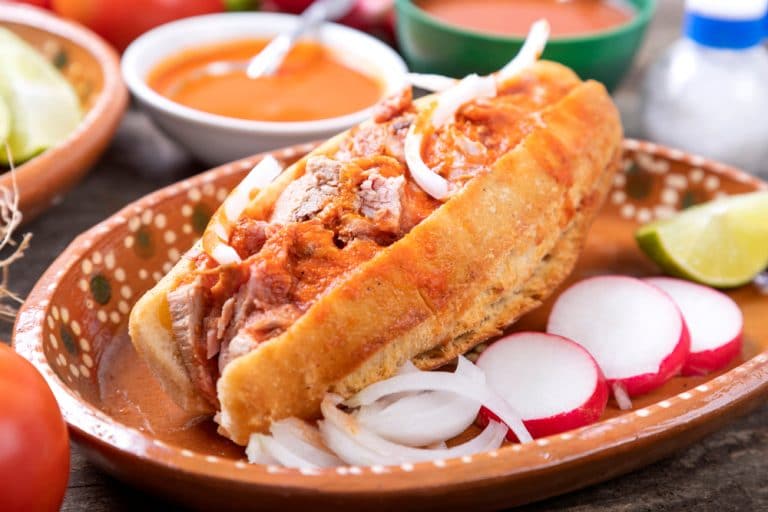
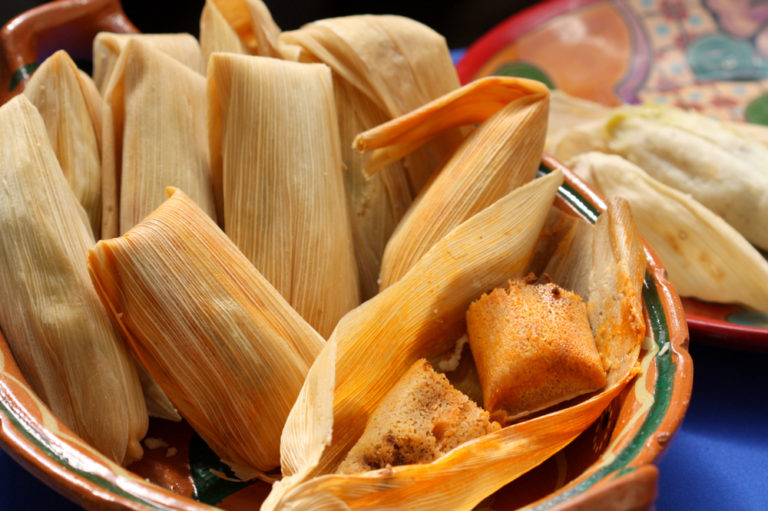
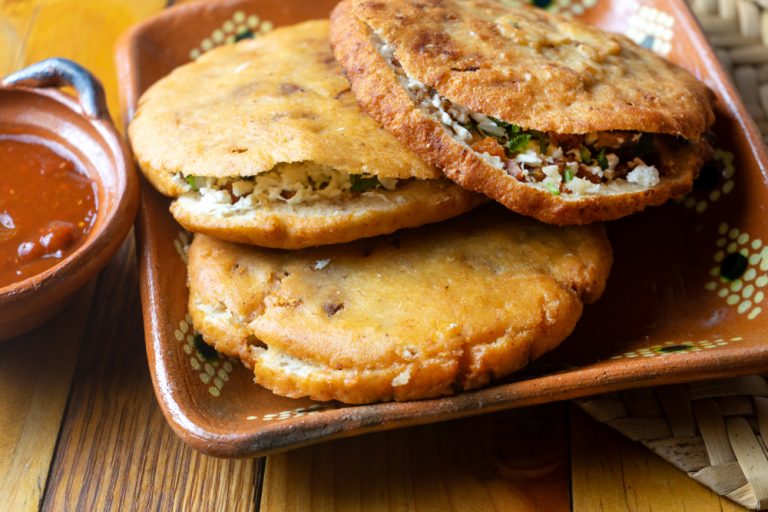
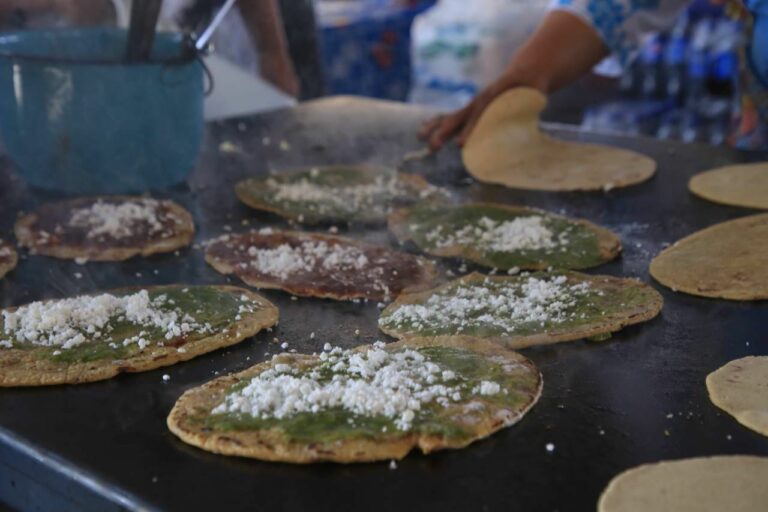
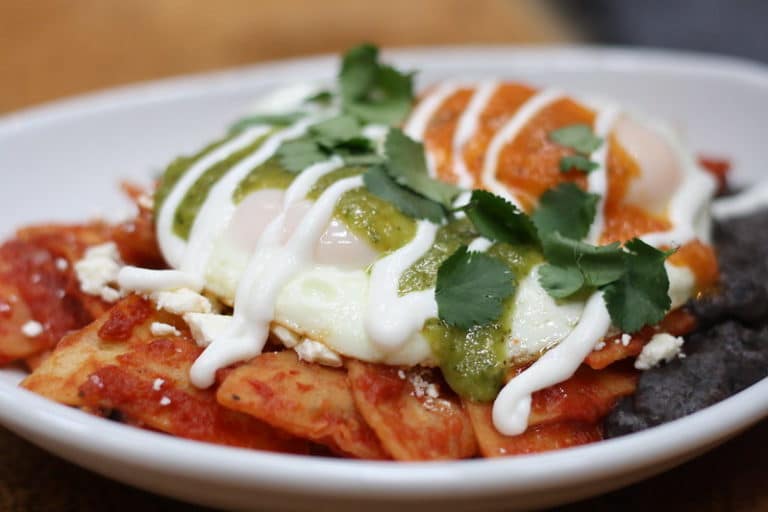
One Comment